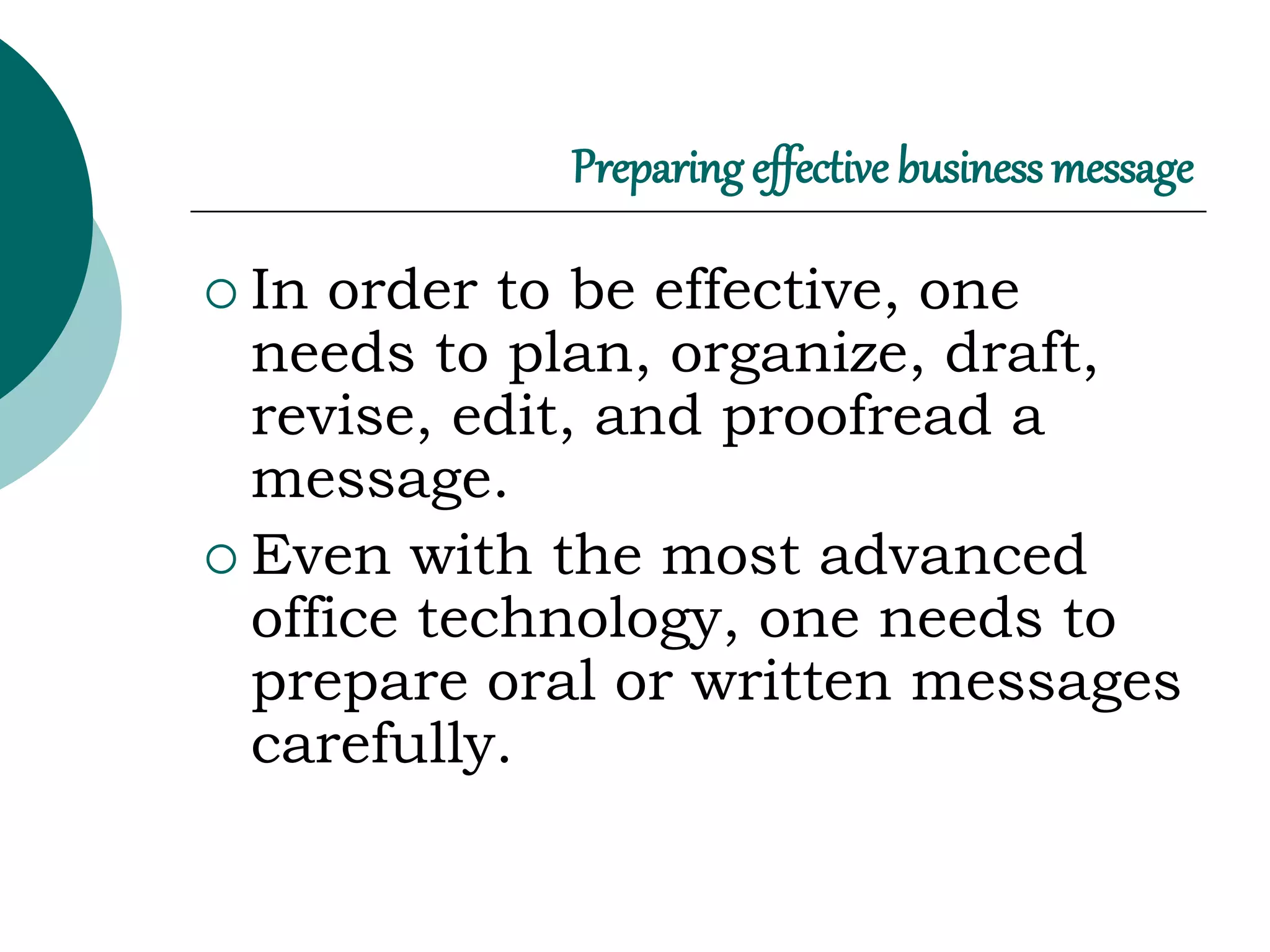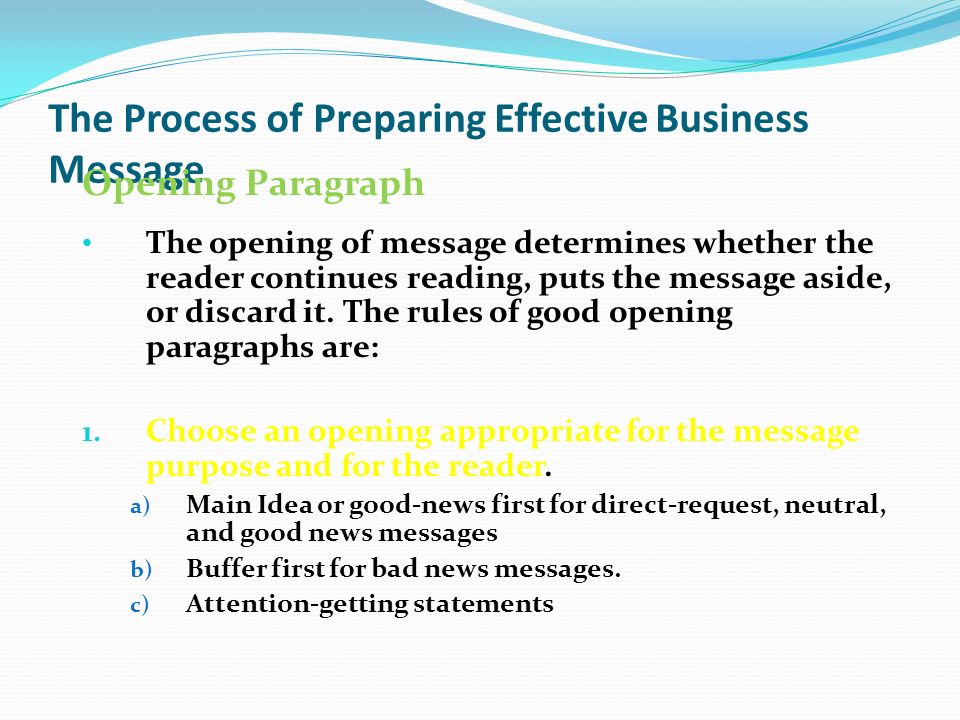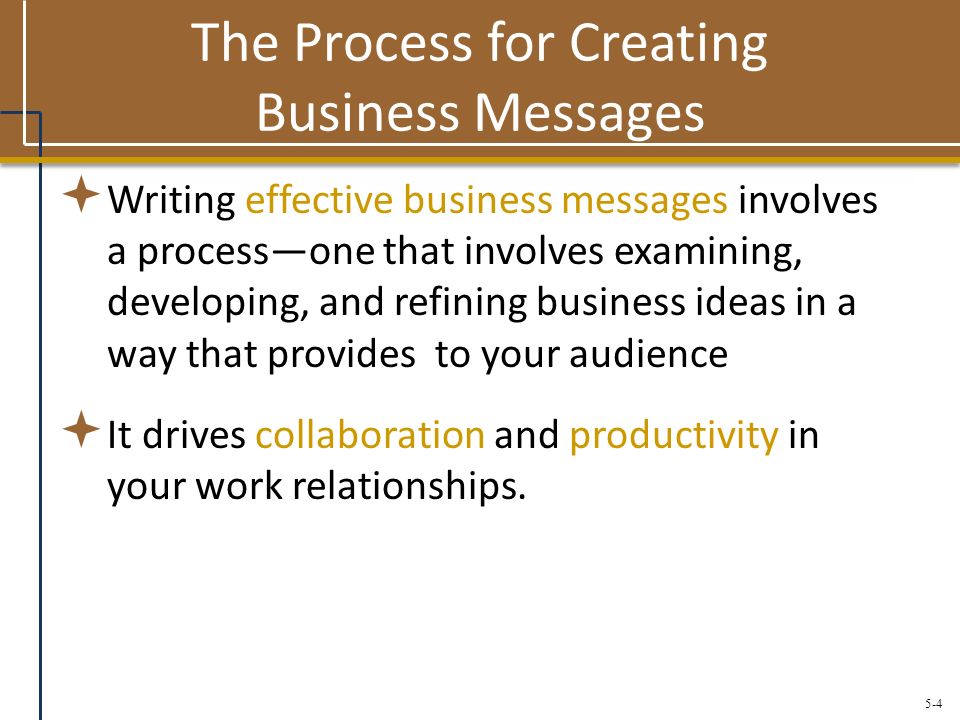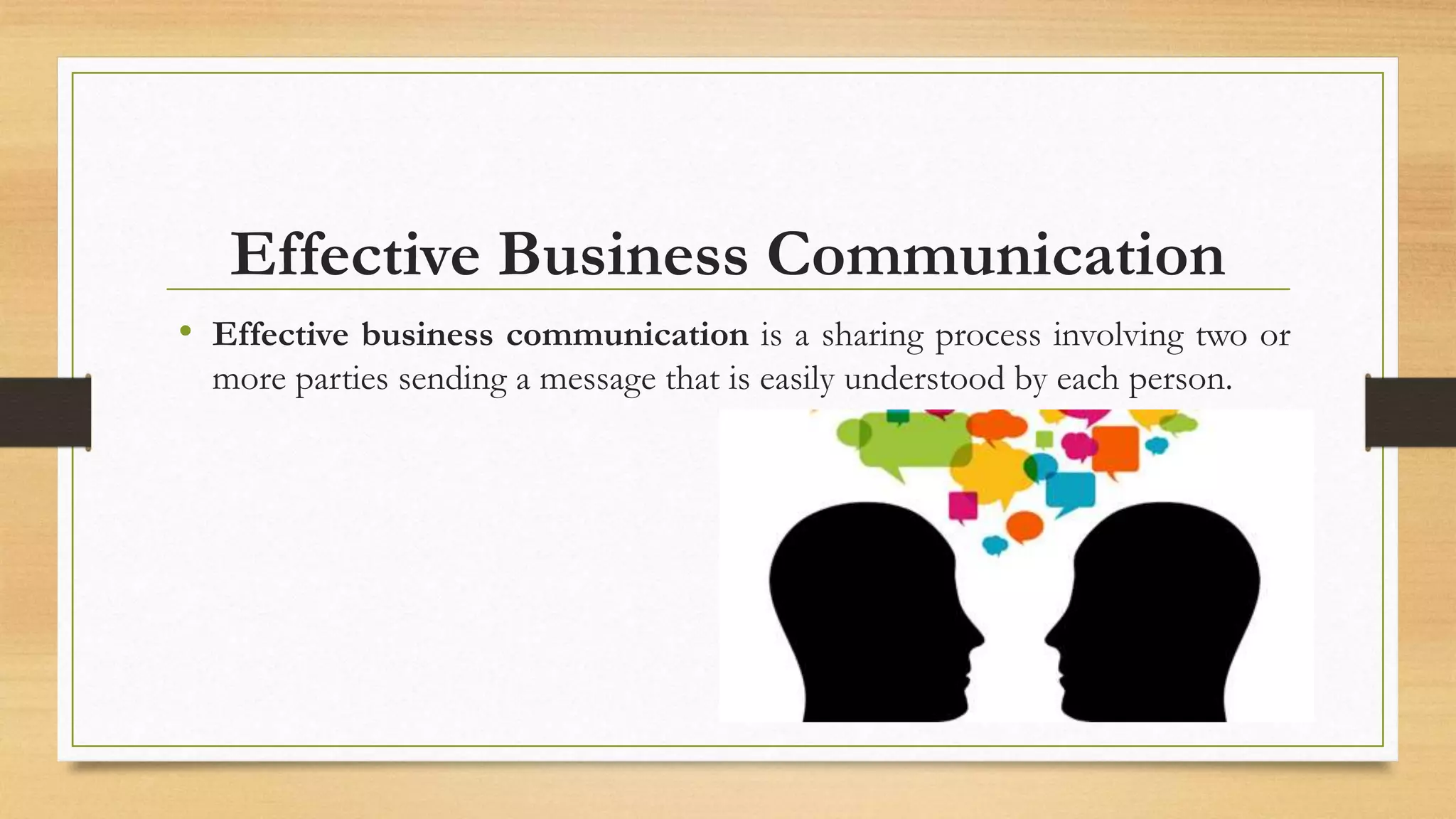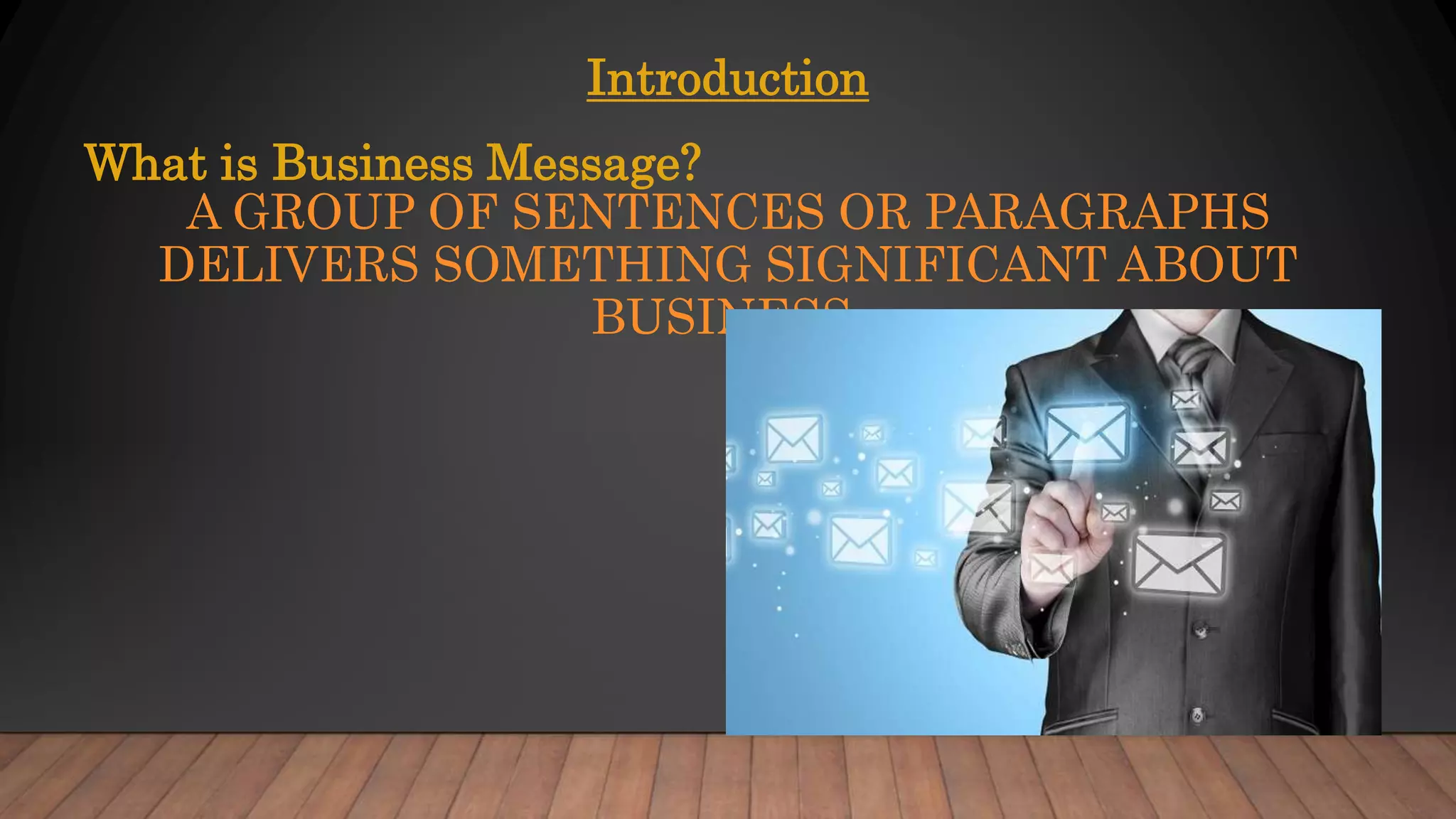Which Statements Are The Most Effective Business Messages

In the cutthroat world of business, words are currency. A single, poorly chosen statement can trigger a stock plummet, alienate customers, or ignite internal conflict. Conversely, a well-crafted message can inspire innovation, solidify brand loyalty, and drive unprecedented growth. Understanding which statements resonate most effectively, and why, is no longer a nicety; it's a strategic imperative.
This article delves into the anatomy of effective business communication, exploring the specific types of statements that consistently yield positive results. We’ll analyze research-backed principles, drawing on expert opinions and empirical data to identify key characteristics of impactful messaging. By examining successful and unsuccessful communication strategies, we aim to provide practical insights for crafting statements that resonate with key stakeholders and drive desired outcomes.
The Power of Authenticity and Transparency
One of the most significant shifts in modern business communication is the demand for authenticity and transparency. Consumers and employees alike are increasingly skeptical of corporate jargon and carefully curated PR spin. They crave genuine connection and honest dialogue.
Statements that demonstrate vulnerability and a willingness to acknowledge shortcomings can be surprisingly powerful. Instead of glossing over mistakes, acknowledging them directly and outlining steps for improvement fosters trust and demonstrates accountability. This approach is supported by research from the Edelman Trust Barometer, which consistently highlights the importance of transparency in building stakeholder trust.
Data-Driven Decision Making: Show, Don't Just Tell
Effective business messages are often grounded in data and evidence. Instead of relying on vague generalizations or subjective opinions, successful communicators present concrete data to support their claims. This approach not only strengthens credibility but also allows for more informed decision-making.
For instance, when presenting a new marketing strategy, showcasing projected ROI figures, customer acquisition costs, and market trends is far more persuasive than simply stating that the strategy is "innovative" or "promising." According to a Harvard Business Review study, presentations that incorporate data are significantly more likely to influence decision-makers.
The Art of Empathetic Communication
Empathy, the ability to understand and share the feelings of another, is a crucial element of effective communication. Statements that demonstrate empathy resonate deeply with audiences, fostering a sense of connection and understanding. This is particularly important when communicating during times of crisis or change.
Addressing concerns directly, acknowledging the impact of decisions on individuals, and offering support are all ways to convey empathy. For example, during a company restructuring, acknowledging the anxiety and uncertainty that employees may be experiencing can help to mitigate resistance and build support for the change. Simon Sinek emphasizes the importance of leading with empathy to build a loyal following.
Clarity and Conciseness: Cutting Through the Noise
In today's information-saturated world, clarity and conciseness are paramount. Audiences are bombarded with messages from all sides, so it's essential to cut through the noise with clear, concise statements that get straight to the point. Avoid jargon, ambiguity, and overly complex language.
A concise statement is not only easier to understand but also more likely to be remembered. The KISS (Keep It Simple, Stupid) principle remains a valuable guide for effective communication. Clear and concise messaging ensures that stakeholders understand the message and act accordingly.
The Power of Storytelling
While data and facts are important, they are often more impactful when woven into a compelling narrative. Storytelling is a powerful tool for engaging audiences and making complex information more relatable and memorable. Stories can evoke emotions, create connections, and inspire action.
Consider the difference between presenting a list of sales statistics and sharing a story of how a particular customer benefited from a product or service. The latter is far more likely to resonate with audiences and leave a lasting impression. Storytelling is a crucial element in branding and corporate communication. Forbes often highlights successful companies that effectively use storytelling.
Looking Ahead: The Evolution of Business Messaging
As technology continues to evolve and societal values shift, the principles of effective business messaging will undoubtedly continue to adapt. The rise of social media, artificial intelligence, and increasingly diverse workforces will necessitate new communication strategies.
One key trend to watch is the growing importance of personalization. Tailoring messages to individual preferences and needs will become increasingly crucial for engaging audiences and building meaningful relationships. Furthermore, as remote work becomes more prevalent, mastering digital communication channels will be essential for maintaining collaboration and fostering a strong sense of community. Companies who embrace these changes will gain a significant competitive advantage.
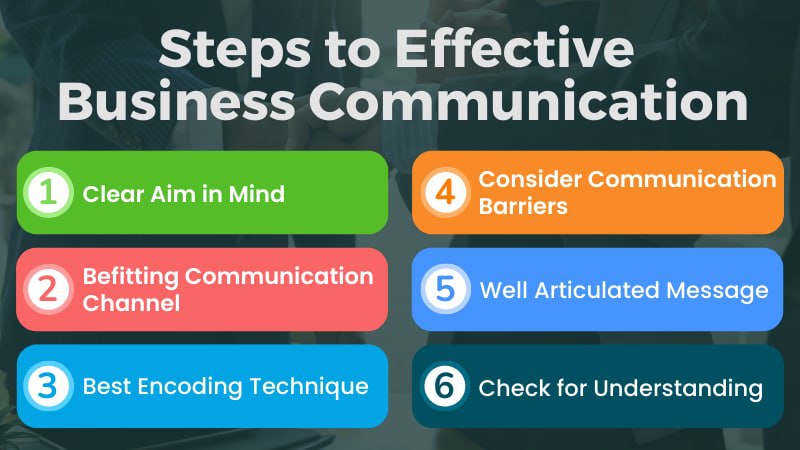
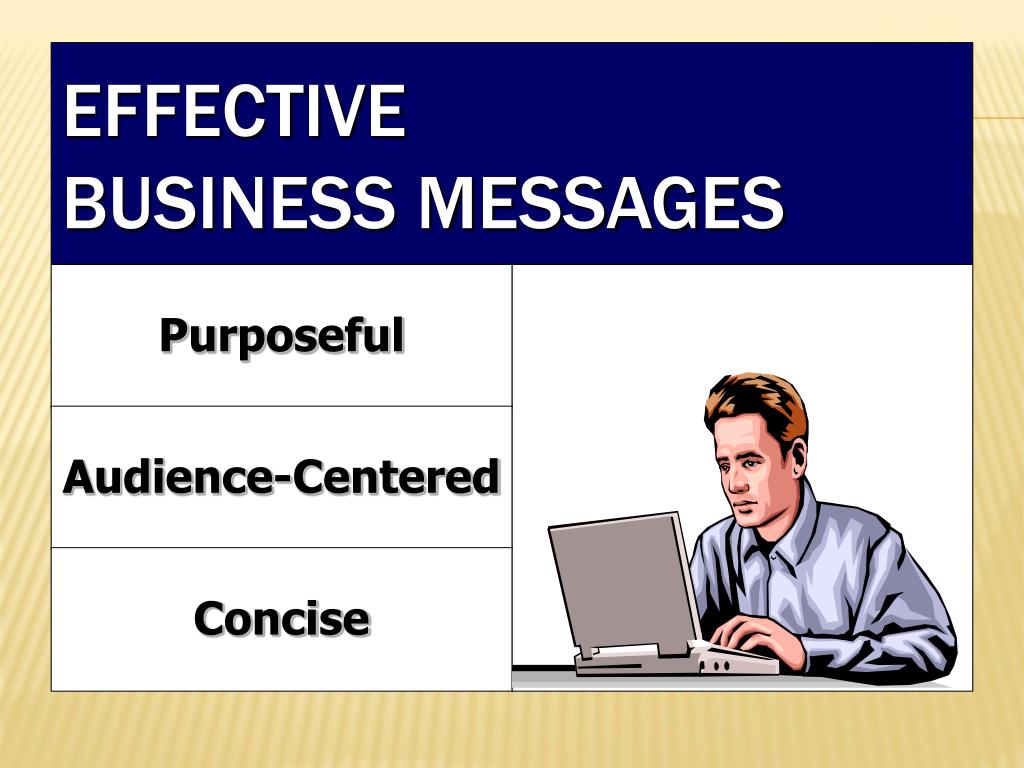

.jpg)
